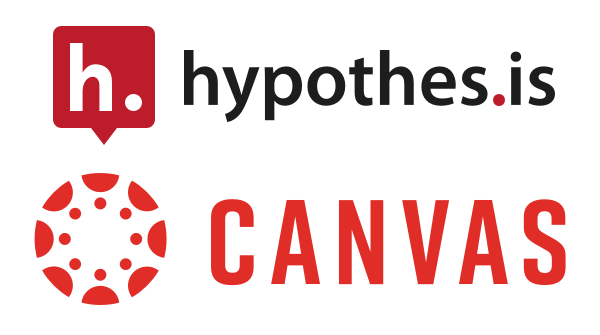
Hypothes.is
Hypothes.is
If you're looking to boost student engagement in your course, adding a Hypothes.is annotation activity supports student success by placing active discussion right on top of course readings, enabling students and teachers to add comments and start conversations in the margins of texts.

About Hypothes.is
Hypothes.is is a tool to guide your students through annotations. You can be "inside the text" as students are reading, helping to facilitate comprehension and guide analysis. Any line of text can be highlighted by you to help point students to key parts of any given text.
Hypothes.is is, above all, collaborative. By default, annotations your students make are visible to their classmates (or they can choose to make an annotation private). Visibility means they can be replied to by other students (or the instructor), and then real engagement begins. For example, have students mark and explain the use of rhetorical strategies in online articles and essays. Students can, also, be asked to identify key rhetorical strategies like ethos, pathos, or logos. Or have students identify rhetorical fallacies within an argument. Hypothes.is annotations can also be as simple as highlighting unfamiliar vocabulary in a scholarly article.
Using Hypothes.is also means you can annotate and comment using multimedia elements in the composition process. Students and teachers can use animated GIFs or images, as well as adding URLs to their annotation or reply. This allows for the idea of digital writing to students with particular attention to the use of images.
Sample Annotation Activities
Use Hypothes.is in Canvas
Hypothes.is is an External Tool in Canvas. It is available in all classes and be used immediately in ungraded or graded activities. See the instructions below to get started.
How to set up Hypothesis readings through Canvas Modules
How to set up Hypothesis readings through Canvas Assignments
How to grade Hypothesis annotations in Canvas
A student guide to Hypothes.is in Canvas
Additional Resources
Annotation etiquette for students
Updated: February 20, 2023